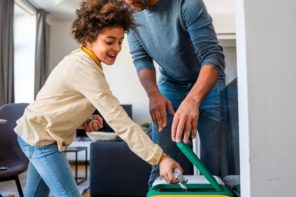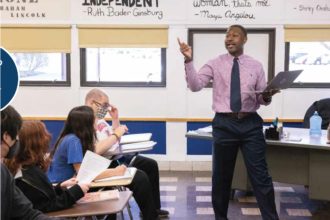Are you looking to help your family adopt a healthier lifestyle this summer? Here are some tips for a summer diet—from your mobile devices.
Summer Digital Diet Plan
- Consume in moderation. Most people can’t go cold turkey on tech . . . and that’s okay. But summer is the perfect time to be outdoors, take day trips, read, linger over dinner on the deck, tackle a 1,000-piece puzzle and just talk and socialize. Try to keep everyone’s tech use in check so you don’t miss opportunities to truly connect.
- Avoid empty calories. As with food, online content that children consume can be high quality—but there’s also a lot of junk available. When it comes to tech time, be selective when finding apps for kids (organizations like Common Sense Media provide recommendations). Consider whether your child’s online time is largely spent passively viewing content or engaging interactively.
- Get (or keep!) moving. It’s a lot more difficult to be glued to a phone or tablet when you’re playing sports, swimming, taking a yoga class or doing other activities that require physical effort and coordination.
- Limit intake before bedtime. Not only can tech use before bed disrupt sleep, but it can take away or fully replace time for daily reading. Bedtime is a great opportunity for parents and children to read together, share stories and talk about their day—or what’s coming up the next day. Try to disconnect at least one hour before bed.
- Keep a diary or log. Food diaries can be eye-opening, but even more eye-opening is how much time you and your family spend using your devices. Various apps can track how much and where you are spending your time online. Prepare to be shocked at your online activity audit!
Remember, tech use has its place . . . as part of a balanced overall diet. It can’t take the place of face-to-face, human interaction. However, it’s important to note that people who use low- and high-tech augmentative and alternative communication (AAC) devices should continue to use them at all times—and in an interactive way.
Stacey Ellison Glasgow, MA, CCC-SLP, is the Associate Director of School Services for the American Speech-Language-Hearing Association. Adena Dacy, MS, CCC-SLP is the Associate Director of Clinical Issues in Speech-Language Pathology for the American Speech-Language-Hearing Association. For more info on this subject, visit www.communicationandtech.org.





